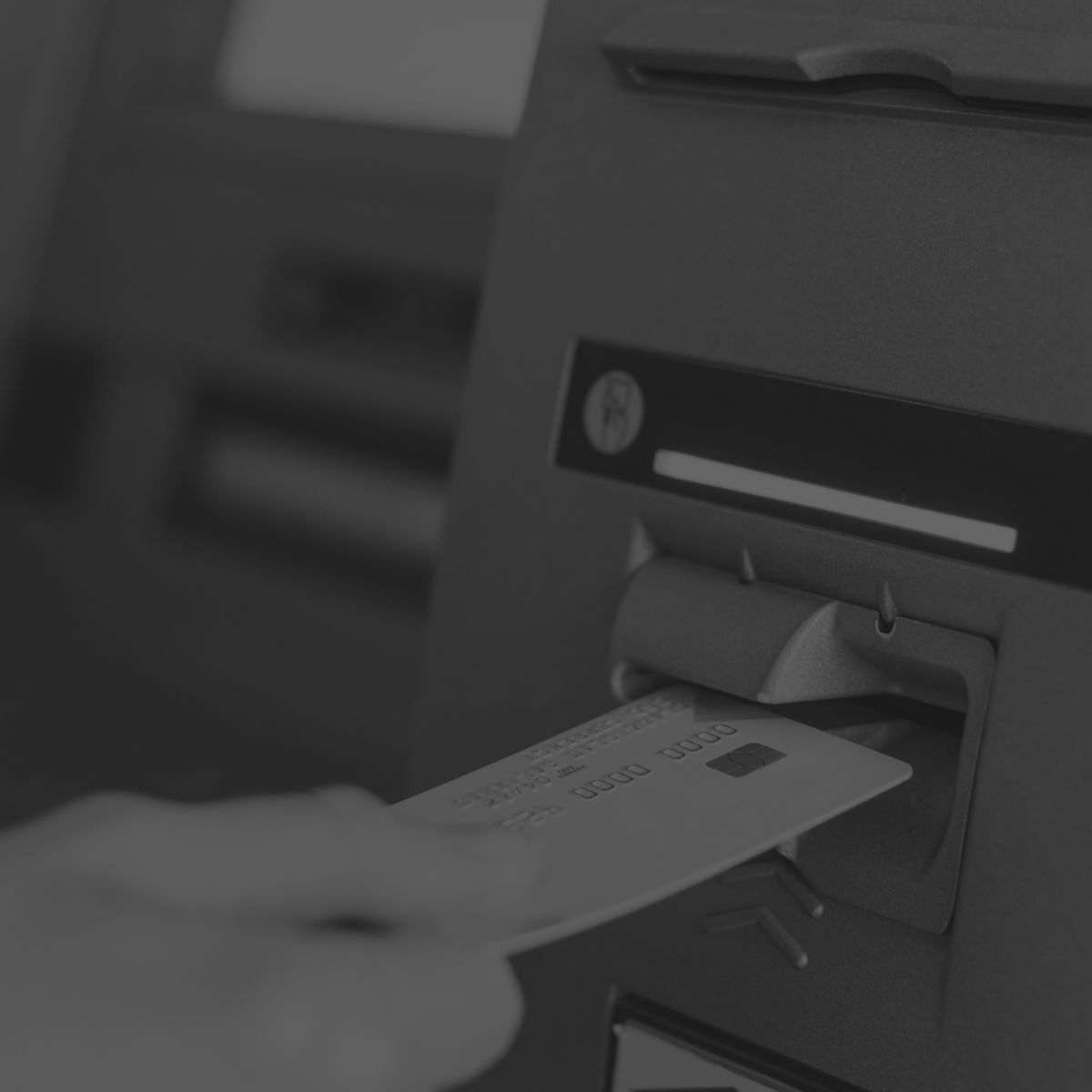SERVICES Gas Pump, ATM, Other Credit Card Device Inspections
Why Regular Inspections Matter
Inspecting gas pumps, ATMs, and other credit card devices is a vital step in maintaining the security and integrity of electronic payment systems. These devices are frequent targets for criminals who install skimming technology, small, often hidden devices designed to capture credit and debit card information. Once installed, skimmers can steal data such as card numbers and PINs, enabling unauthorized access to customers’ accounts. These fraudulent activities not only affect individuals but also damage the reputation and financial stability of the businesses involved. As technology becomes more advanced, so do the tactics used by fraudsters, making regular and thorough inspections more critical than ever.
Routine inspections help businesses detect and remove skimming devices before significant harm is done. This process typically includes checking for signs of tampering, verifying security seals, monitoring surveillance footage, and using specialized detection tools that identify hidden electronics or unusual modifications. Employees should be trained to recognize common indicators of skimmers and know the proper procedures for reporting and responding to suspicious activity. Scheduling frequent audits and random spot checks throughout the day adds an additional layer of protection. These steps not only discourage criminal activity but also reassure customers that their transactions are being conducted on secure equipment.

Ensuring compliance with industry standards and regulations is another key reason for ongoing inspections. Payment card industry (PCI) guidelines and federal laws require that businesses using card readers maintain a high standard of data security. Failing to comply can result in hefty fines, legal action, and loss of consumer trust. Inspections demonstrate a proactive approach to compliance and show a commitment to safeguarding customer information. Moreover, by documenting inspection procedures and findings, businesses can provide clear evidence of their security measures in the event of a breach or investigation.
In addition to detecting fraud, regular inspections contribute to improving overall operational security. They help businesses identify vulnerabilities in equipment placement, lighting, visibility, and staff training. For example, installing high-resolution surveillance cameras or repositioning terminals to face customer service counters can deter tampering attempts. Partnering with security experts to perform risk assessments or investing in tamper-resistant hardware can further enhance protection. Ultimately, consistent inspection and preventive maintenance practices ensure the secure use of these devices for legitimate transactions, protecting customers, preserving trust, and promoting a safer financial environment for all.
